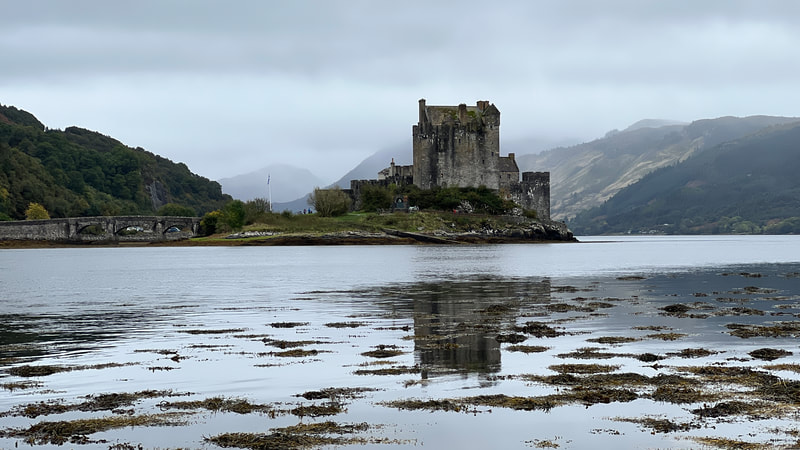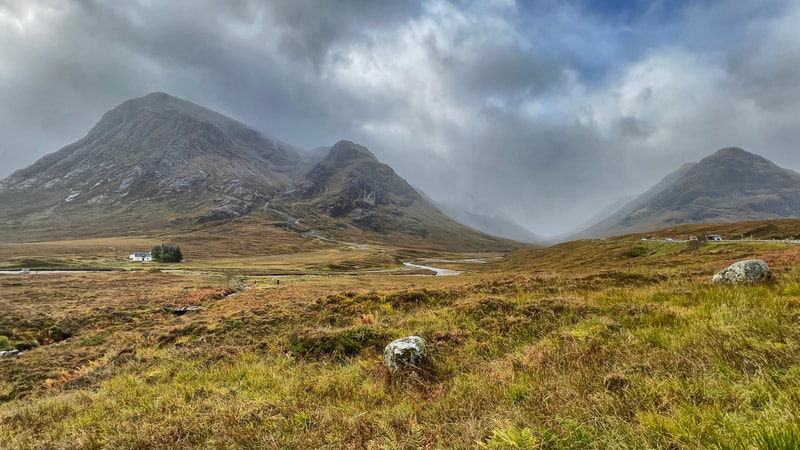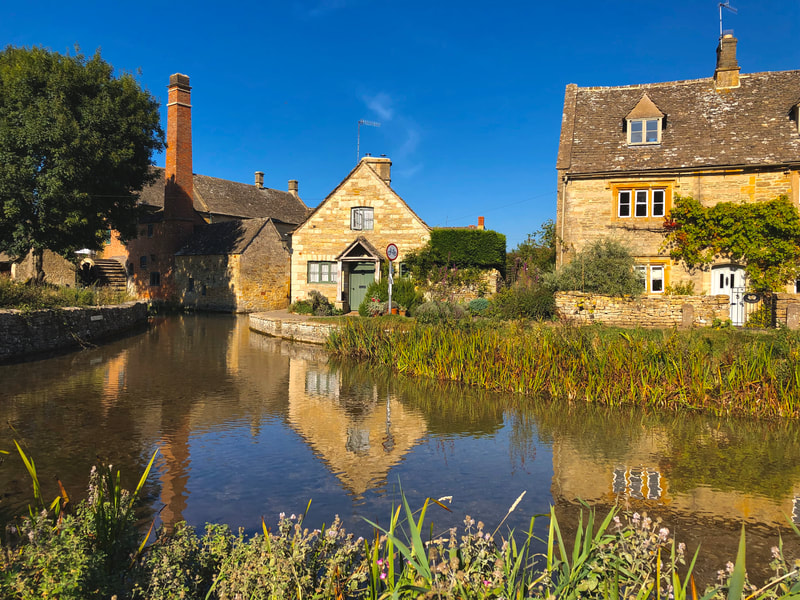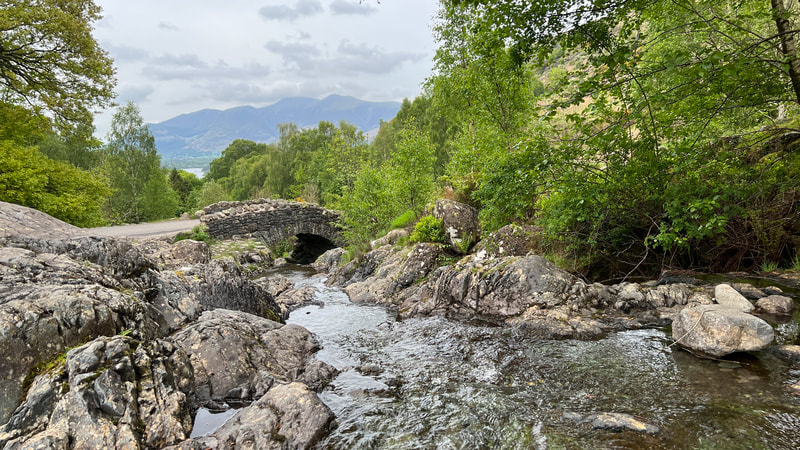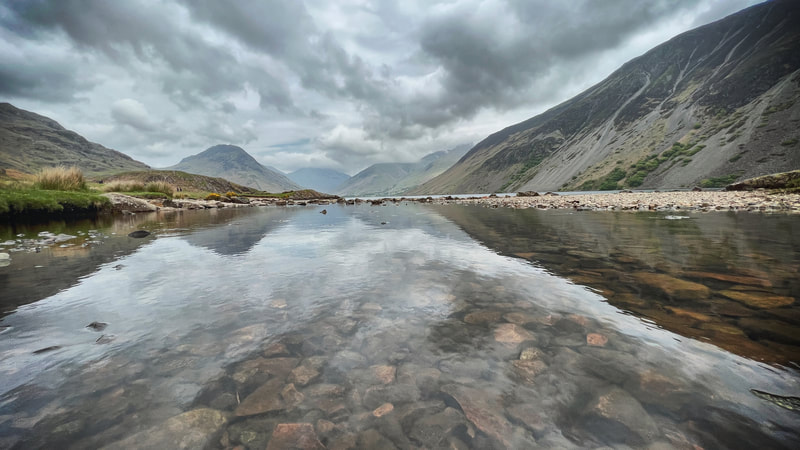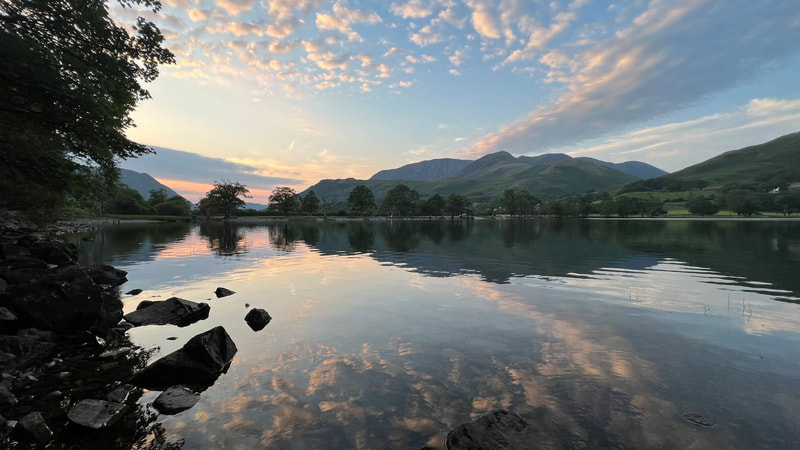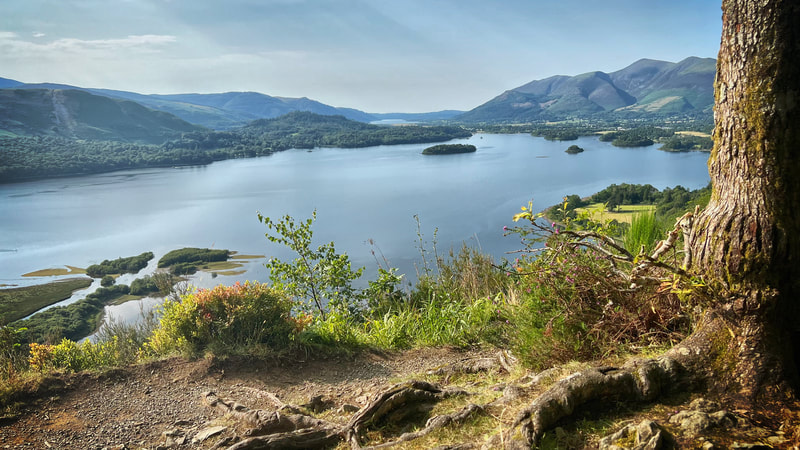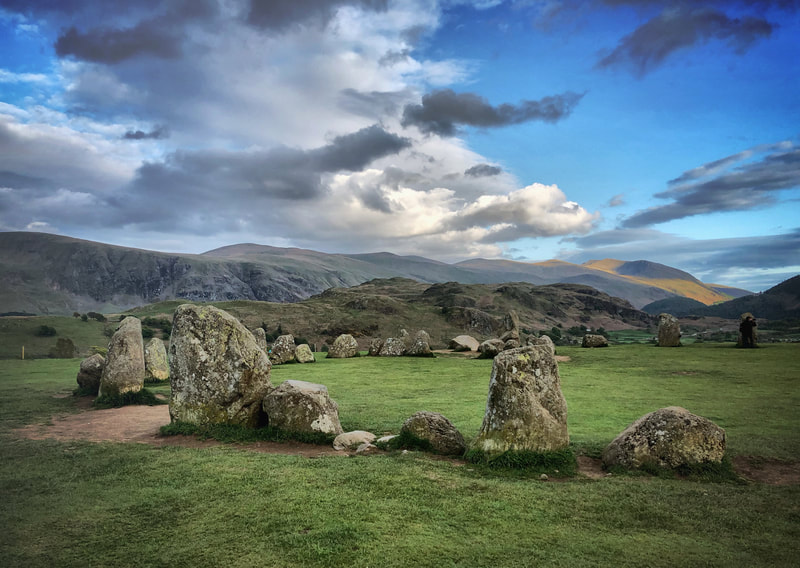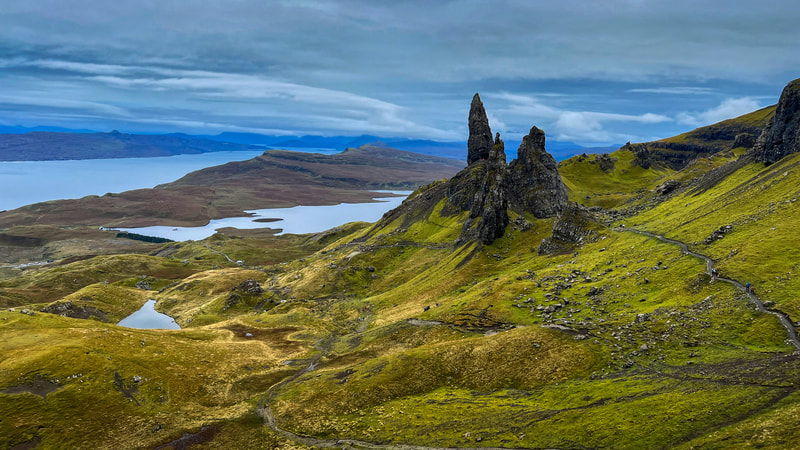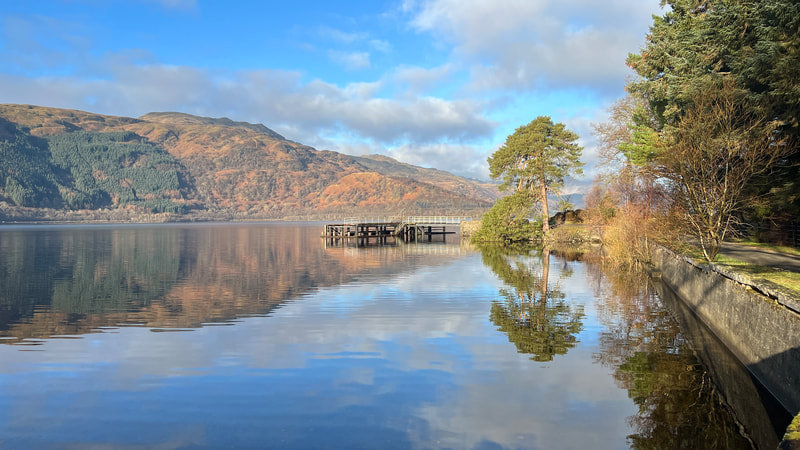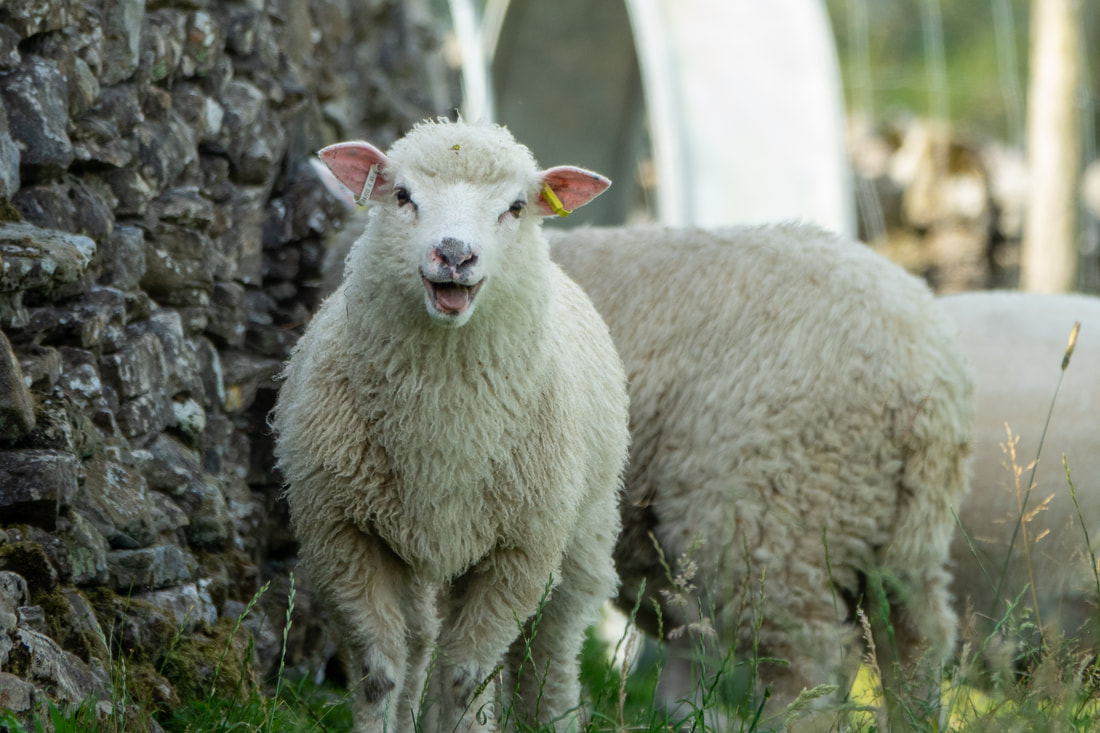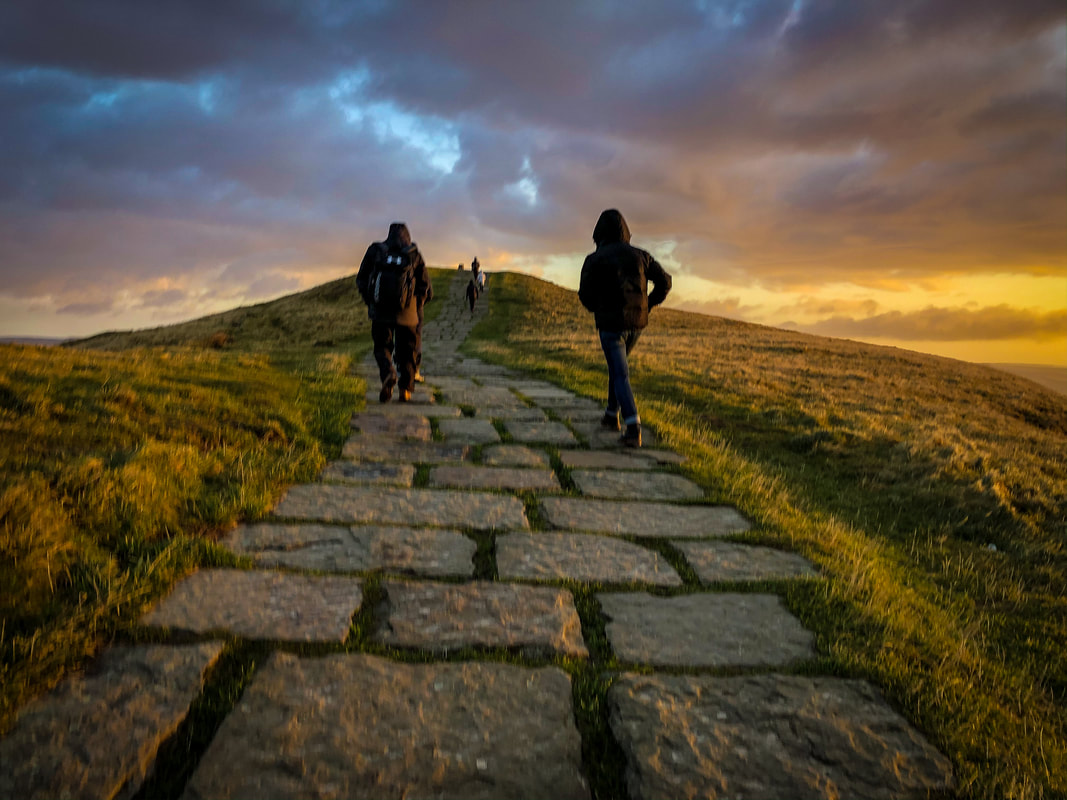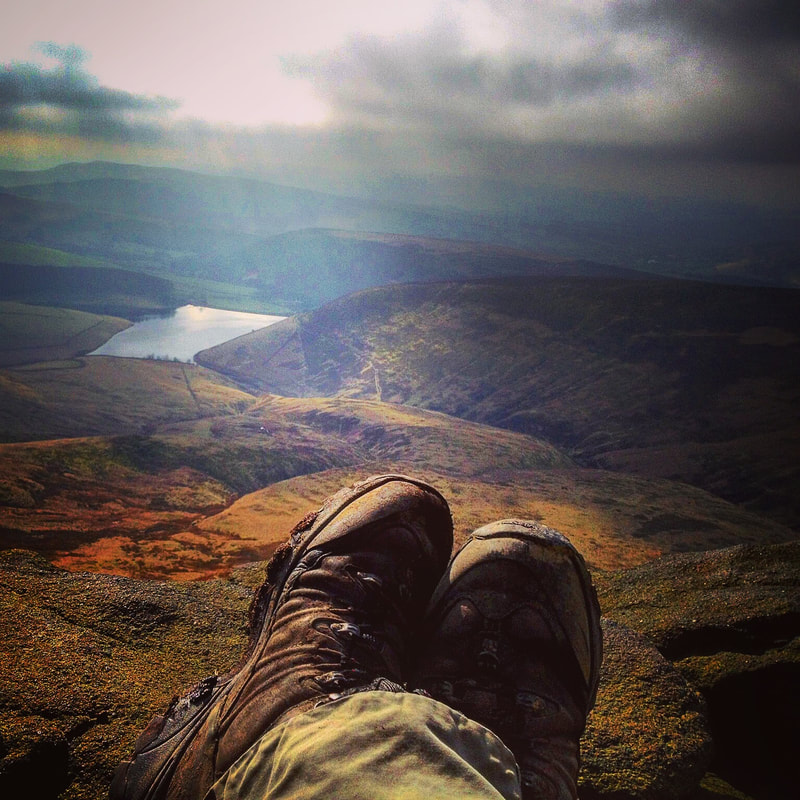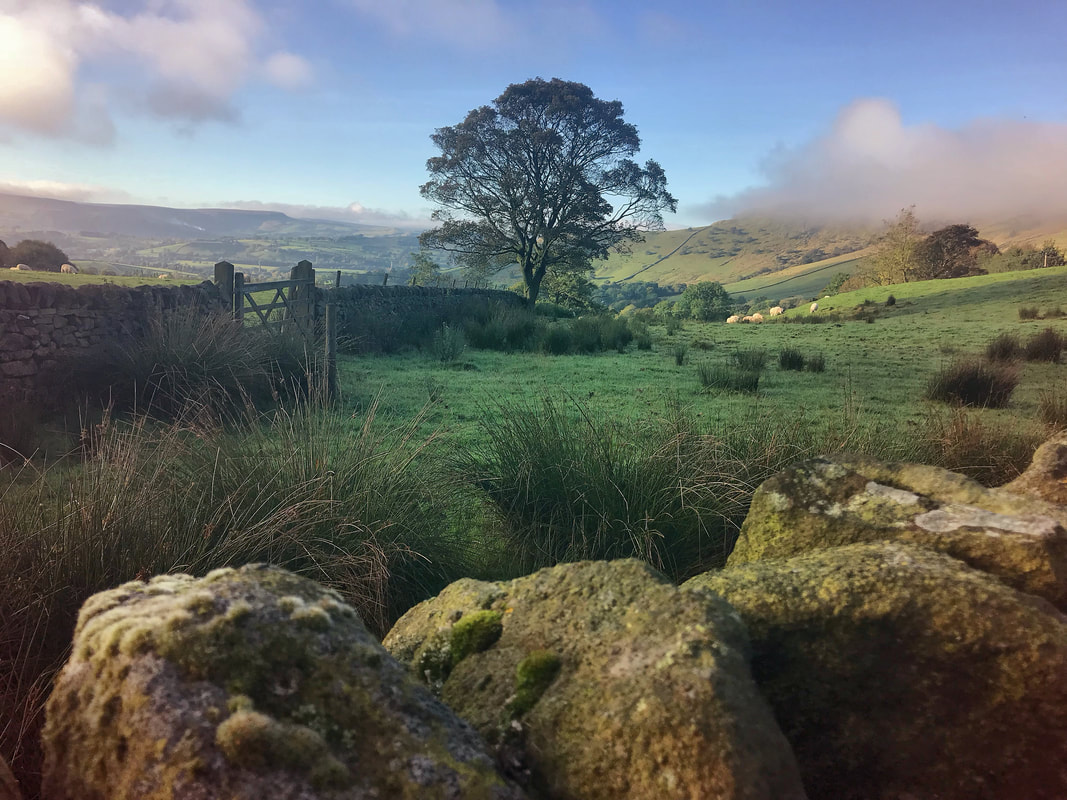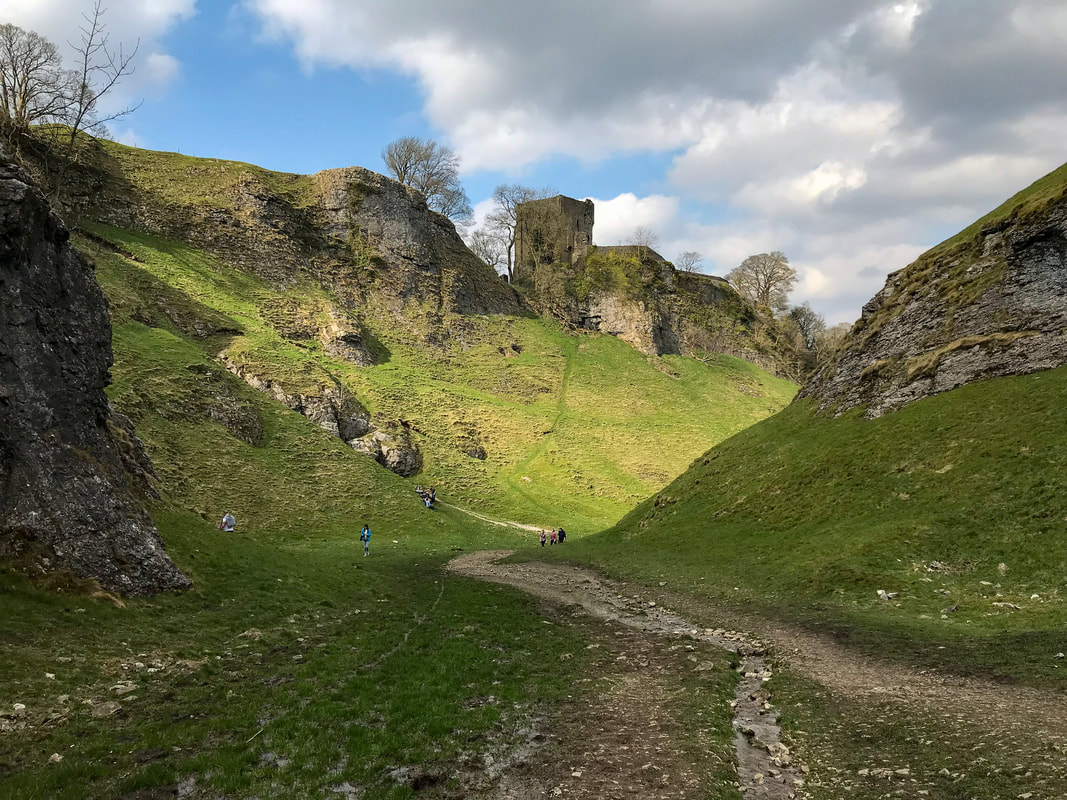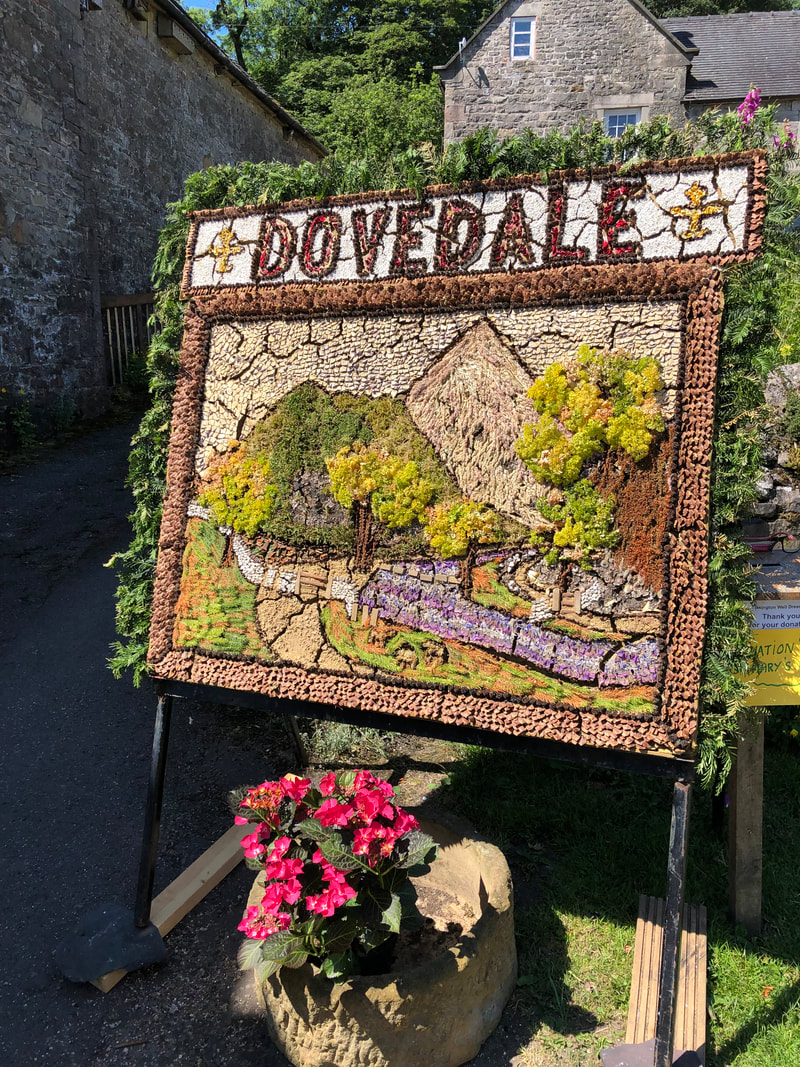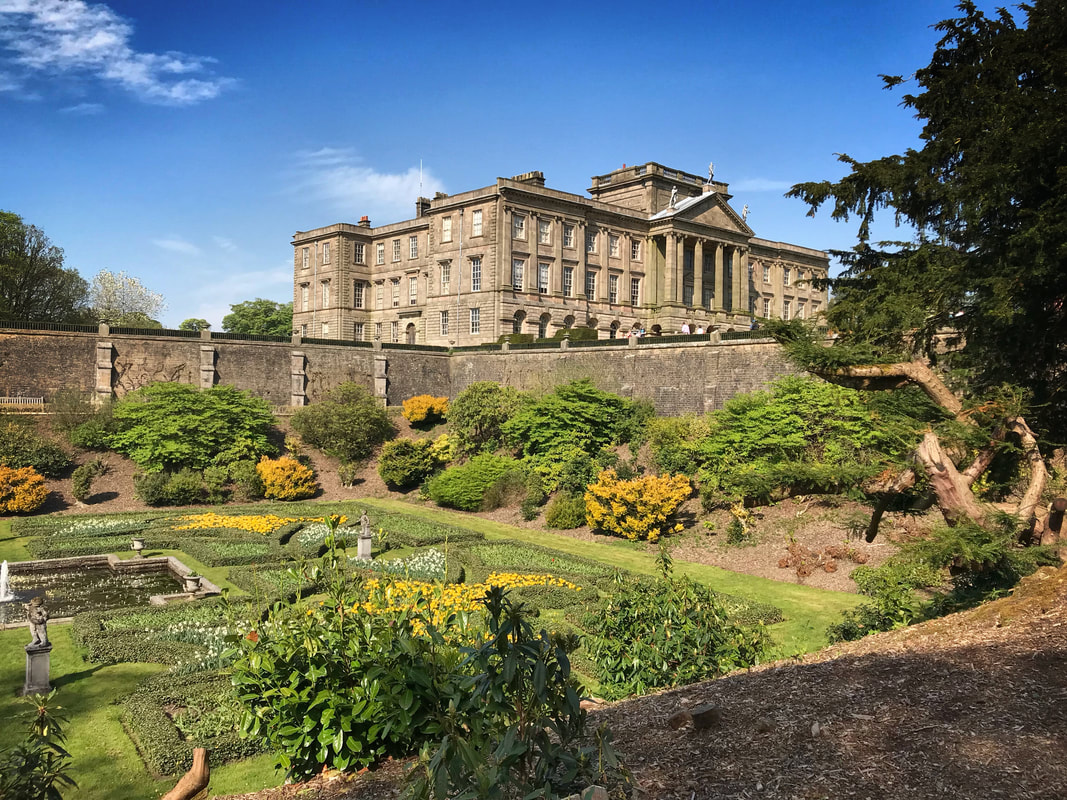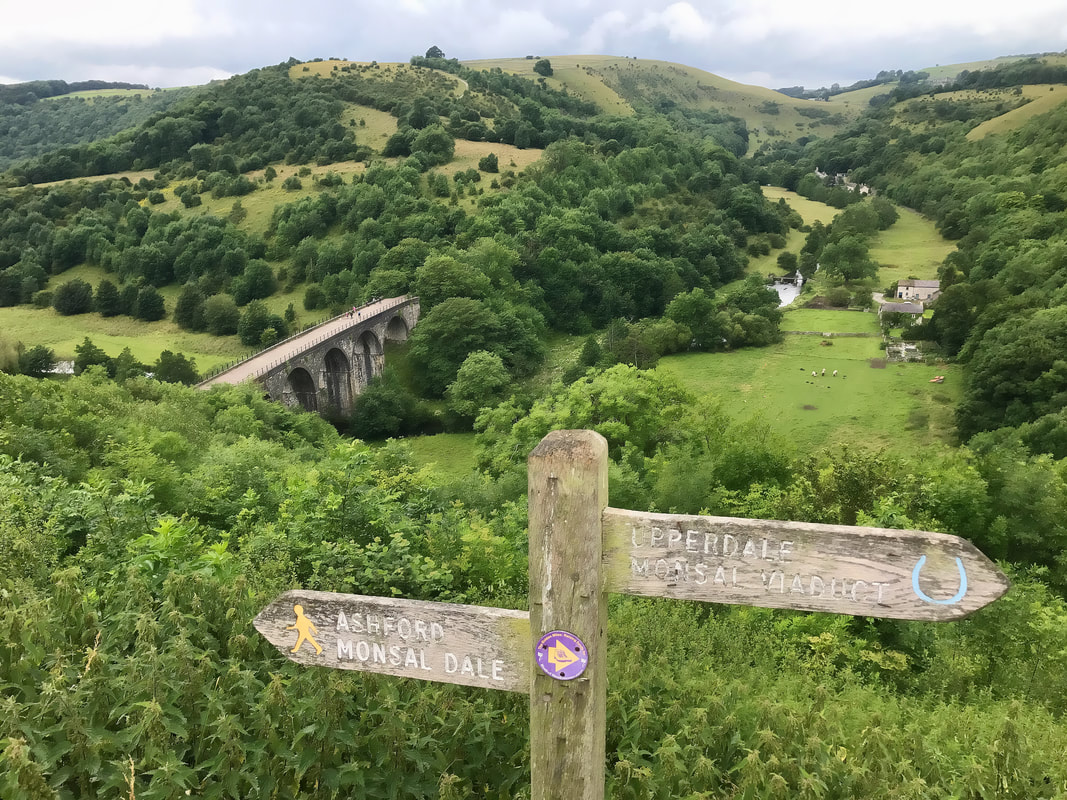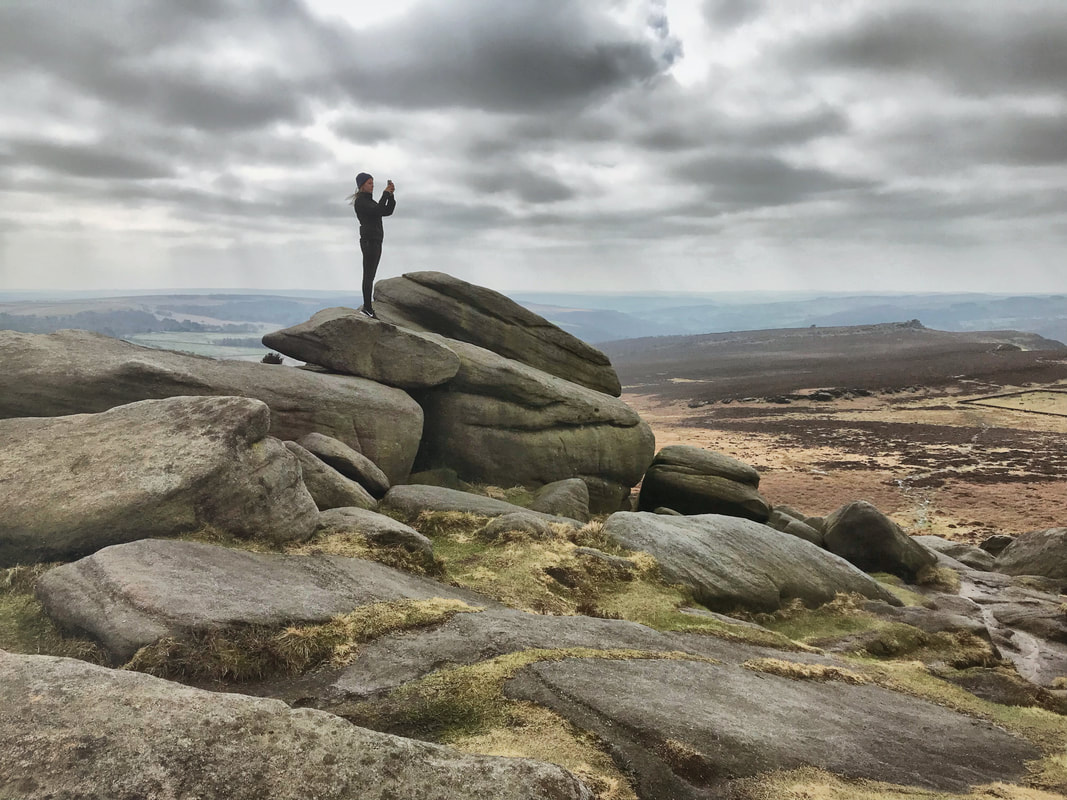Not Just The Peak District...
The Peak District is our favourite National Park, but we're biased! As well as the glorious Peak District scenery, we can also provide bespoke private tours in all the national parks and scenic areas around the UK. So whether you would like to combine a Peak District visit with a tour of the Yorkshire Dales, the Lake District, the Cotswolds or even the Scottish Highlands, we'd love to help. Combined with our nationwide transfers, we can provide a full chauffeur driven experience from start to finish. Take a look at some of our favourite locations below to whet your appetite!
How many can you name?!
How many can you name?!
2023 Travellers' Choice Award
We're delighted to have received the 2023 Travellers' Choice Award on Trip Advisor. Thank you to all our customers who have left amazing reviews of their experiences on our tours. You make us blush!
Our tours are electric!
|
Take an electric tour in 2024! we're delighted to confirm that our tours are now more environmentally friendly and sustainable than ever before, with the introduction of Tesla vehicles across our full range of tours.
Zero emissions, near silent travel means that our guests can relax and enjoy the beauty of the national parks with minimal impact to the environment. |
Our Tours
Discover our unique range of award winning tours including...
Scenic Tours
Peak District Highlights Tour - The most popular locations in the Peak District...all in one day!
On Top Of The World - Great views without long hikes
Wonders Of The Dark Peak - Dramatic landscapes and historic villages
White Peak & Western Peaks - Picturesque valleys and green rolling hills
The Best Of The Lake District - a 1 day tour of amazing Lake District scenery which includes travel from the Peak District area
Princess Bride Peak District Tour - Explore the beautiful locations used in the cult classic Princess Bride - as you wish!
On Top Of The World - Great views without long hikes
Wonders Of The Dark Peak - Dramatic landscapes and historic villages
White Peak & Western Peaks - Picturesque valleys and green rolling hills
The Best Of The Lake District - a 1 day tour of amazing Lake District scenery which includes travel from the Peak District area
Princess Bride Peak District Tour - Explore the beautiful locations used in the cult classic Princess Bride - as you wish!
Pride & Prejudice Tours
Pride & Prejudice Bespoke Tour - Design your own P&P experience, choosing from optional locations
Pride & Prejudice 1995 Tour - For devotees of the Colin Firth version
Pride & Prejudice 2005 Tour - Follow in Keira's footsteps
Pride & Prejudice 1995 Tour - For devotees of the Colin Firth version
Pride & Prejudice 2005 Tour - Follow in Keira's footsteps
Design Your Own
Bespoke Tour - Design your own perfect Peak adventure
Animate On Scroll.
Peak District Tours
We are proud to offer our award winning selection of unique day tours of the Peak District National Park, with a luxurious twist.
Our private tours offer a bespoke experience designed around our customers. Suitable for any age and any level of fitness, our tours can include as much or as little walking as our guests prefer.
Photographers, sightseers, Jane Austen aficionados or real ale buffs, your perfect adventure may be waiting for you, all in the beautiful and historic surroundings of the Peak District National Park.
A Unique Experience in Unique Surroundings
|
The Peak District is a wonderland of stunning landscapes, idyllic rolling green valleys, sprawling gritstone edges, historic villages, magnificent country houses and bustling market towns.
The Peak District is the oldest national park in England, having been founded in 1951. The park stretches over 555 sq miles in the centre of England, including parts of Derbyshire, Cheshire, Staffordshire, Yorkshire and Greater Manchester. The total population of the national park is 38,000, but receives over 13 million visitors per year. For lovers of the great outdoors, there are 1,600 miles of public rights of way in the Peak District, including the starting point of Britain's oldest long distance trail, the Pennine Way which stretches 268 miles from the Nag's Head pub in Edale to the Scottish Borders. |
|
The landscape is made up of impressive gritstone edges, steep limestone dales and almost 200 sq miles of moorland, rolling hills and farmland. Underground there are miles of caverns, famed for the rare Blue John Stone, whilst on the surface there are 5,440 miles of dry stone walls, marking ancient boundaries and dating back centuries. |
|
More than one third of the park is designated as Sites of Special Scientific Interest, where important plants, wildlife and geological formations should be conserved. There are 2,900 listed buildings too, including Chatsworth, Haddon Hall, Peveril Castle, centuries old farm buildings and cottages and bridges. There are also almost 500 scheduled historic monuments, including Nine Ladies Stone Circle and the neolithic henge at Arbor Low. |
|
Well dressing is a distinctive Peak District custom that still continues to this day. Originally a pagan ceremony to honour water gods for the provision of safe water, it has now become a summer tradition in many Peak villages. Week by week, different villages decorate wells and springs with natural, ephemeral pictures made of flowers, petals, seeds, twigs, nuts and berries, pressed into soft clay held in wooden frames. Many well dressings are celebrated with village carnivals and streets decorated with bunting. |
Now You Can See It For Yourself
Now you can explore the sights of the National Park in comfort, style and at your own pace with our bespoke, private tours for 1 to 6 passengers. You can choose from our range of scenic tours, photography experiences or even one of our unique range of Pride & Prejudice tours.
All of our tours are friendly and suitable for all ages and all levels of fitness and can be flexible and adaptable to suit any particular needs or interests.
Click here for details of available tours and prices.
All of our tours are friendly and suitable for all ages and all levels of fitness and can be flexible and adaptable to suit any particular needs or interests.
Click here for details of available tours and prices.
"Absolutely the best way to see the Peak District. Mark provided a great tour. He took us to wonderful venues offering scenic hikes with incredible vistas. His vehicle made the trip more than comfortable for a family of 4. His care and compassion for his customers shows in every aspect of the tour. Cannot think of a better way to see the Peak District."
Hondo9105, Lubbock, Texas (Trip Advisor)
Animate On Scroll.
ENGLISH NATIONAL PARKS EXPERIENCE COLLECTION
We are very proud to have been selected in 2019 as an experience provider as part of the English National Parks Experience Collection. The Collection has brought together experiences across each of England's national parks, telling the stories of England's finest landscapes and their people. Celebrating the extraordinary and the everyday.
Funded by Visit England's Discover England Fund, this is the first time England's national parks have worked together, providing visitors with the chance to get to the heart of the unique living landscapes and timeless rural life that can only be felt in our national parks.
Funded by Visit England's Discover England Fund, this is the first time England's national parks have worked together, providing visitors with the chance to get to the heart of the unique living landscapes and timeless rural life that can only be felt in our national parks.
Animate On Scroll.
GIFT VOUCHERS NOW AVAILABLE
Treat somebody to an unforgettable, luxury experience in the Peak District National Park
Click here for more details.
Click here for more details.
What's been happening on our social media?
Here are some of the latest pictures from our Instagram page and our Twitter feed.
Follow us at Instagram.com/liveforthehills or on Twitter @liveforthehills
Follow us at Instagram.com/liveforthehills or on Twitter @liveforthehills


